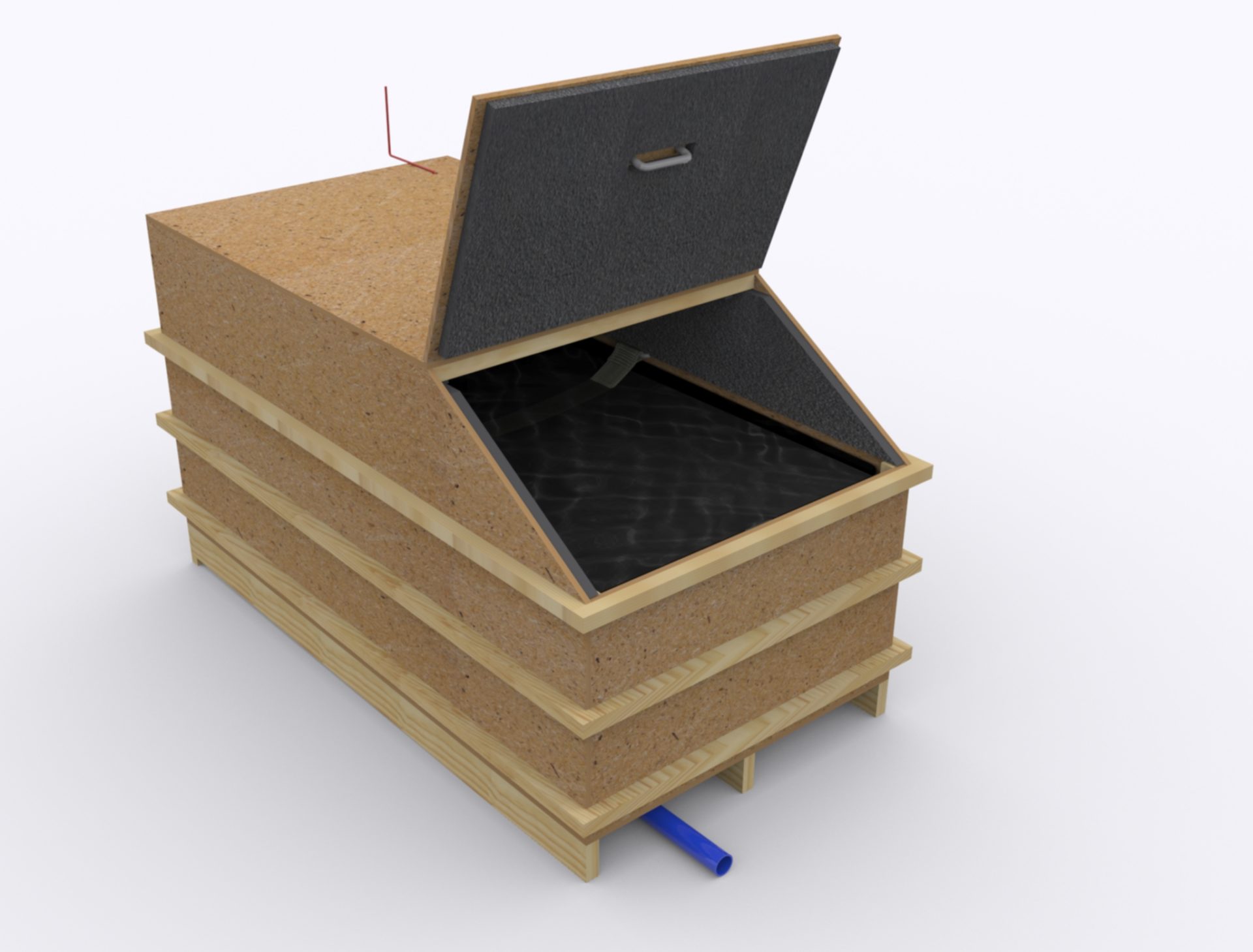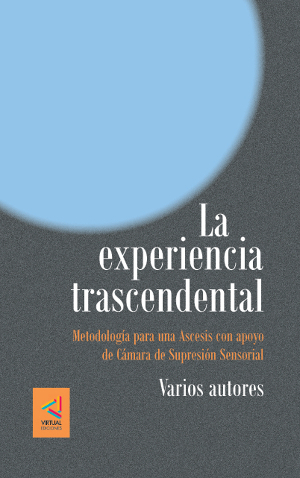We publish a brief review of this new book from Editorial Virtual, which according to the data on its cover, is written by two Italians (Federico Palumbo and Fulvio Faro), a French (Michel Darracq), two Spaniards (Quim de Riba and Antonio Menendez), a Japanese (Natsuko Ohta) and five Chileans (Pía Figueroa, Gonzalo García-Huidobro, José Gabriel Feres, Bruno Jerardino and Flavio Onetto).
The publication has been made virtually, beginning to circulate during the international confinement that persists and that, in some way, places people in a situation of greater than usual isolation and silence.
Through electronic conferences, public presentations of this book are being made and anyone interested can request it, as well as download it from various electronic portals: libreriahumanista.com, Amazon, etc.
Here are a few lines taken from the Introduction Chapter:
“There have been countless human attempts to move forward in their process, to overcome pain and suffering, to help others, to expand the time horizon and to raise the levels of consciousness. Each culture has its own ways of searching for what we could call the Transcendent; mystical paths that leave aside the “I” to go into the depths unfathomable of the mind.
It would be very long to describe here those practices that, since very ancient times, have been transmitted from one generation to another as precious procedures that liberate from the sensation of finiteness, connecting with timeless dimensions and moving experiences, charged with meaning.
From confinement in dark caverns, far from inhabited settlements; prolonged fasting; shamanic rituals; ingestion of hallucinogenic substances of the most varied kinds; repetitive dances and forms of breathing induced to be able to concentrate on the heart; meditations of all kinds performed with permanence; energetic mobilizations and imposition of hands; alchemical procedures; devotional invocations and different forms of prayer; mantras and yantras used to suspend the flow of mental acts; representations of geometrical forms that are increasingly abstract; and a long etcetera that leads us to the present time in which planetary civilization and technology make available new methods capable of favoring exceptional internal states.
All this diversity has been sufficiently studied and systematized, giving rise to refined procedures and various ways of accessing the Profound organized by Silo, in the heart of the School that he organized from the last half of the 20th century to the first decade of the present one. There are many people who have benefited from their work and who, to this day, continue to carry out their studies.
Among them are those who have shaped the texts that we publish here, gathering our experiences. We are women and men from different countries and cities, we communicate in spite of the fact that our languages are different, but we are united by a common purpose that drives us towards the highest internal states, towards the radiant and luminous worlds, returning transmuted from an experience that, being unique and extraordinary, is also equivalent in all those who humbly make silence and manage to give it space.
In this last period, based on the research that John Lilly carried out at the end of the sixties and that Silo undertook in the following decade, some of us have developed tests and direct experiences by undergoing sensory deprivation practices in flotation tanks, known as Sensory Suppression Chambers (CSS) and also as Silence Chambers (CS). We have used remote locations to set up our own facilities, designed and built by ourselves, to carry out programmed retreat cycles based on our own methodology.
The first part of this book is dedicated to the theoretical grounds of this type of practice. Then follow some explanations about the Sensory Suppression Chamber, and then we develop in detail the original methodology we have used, created by Federico Palumbo. Also what we have experienced is gathered in a synthetic way and attending to the common, in a following chapter. Finally, those who are interested in organizing themselves in groups to carry out similar investigations will have detailed descriptions of how to build this type of installation if they want to set up a floatation chamber in an easy and accessible way, made by themselves and also removable. Plans, dimensions, materials, quantities, technological control equipment and much more is not only described but also illustrated to facilitate the manufacture of these environments which, with few complications, make available an interesting technology at the service of the development of consciousness.
To conclude, in a section of Annexes we include some writings that provide background on the work with CSS; a glossary of terms and a brief reference of each of the authors of this book. We close everything with a bibliography for those who are interested in broadening their understanding of these topics.
For us this material constitutes a synthesis of several years of work, while opening a new stage in which we seek to share these tools with others who, like us, are in search of The Transcendental Experience”.











